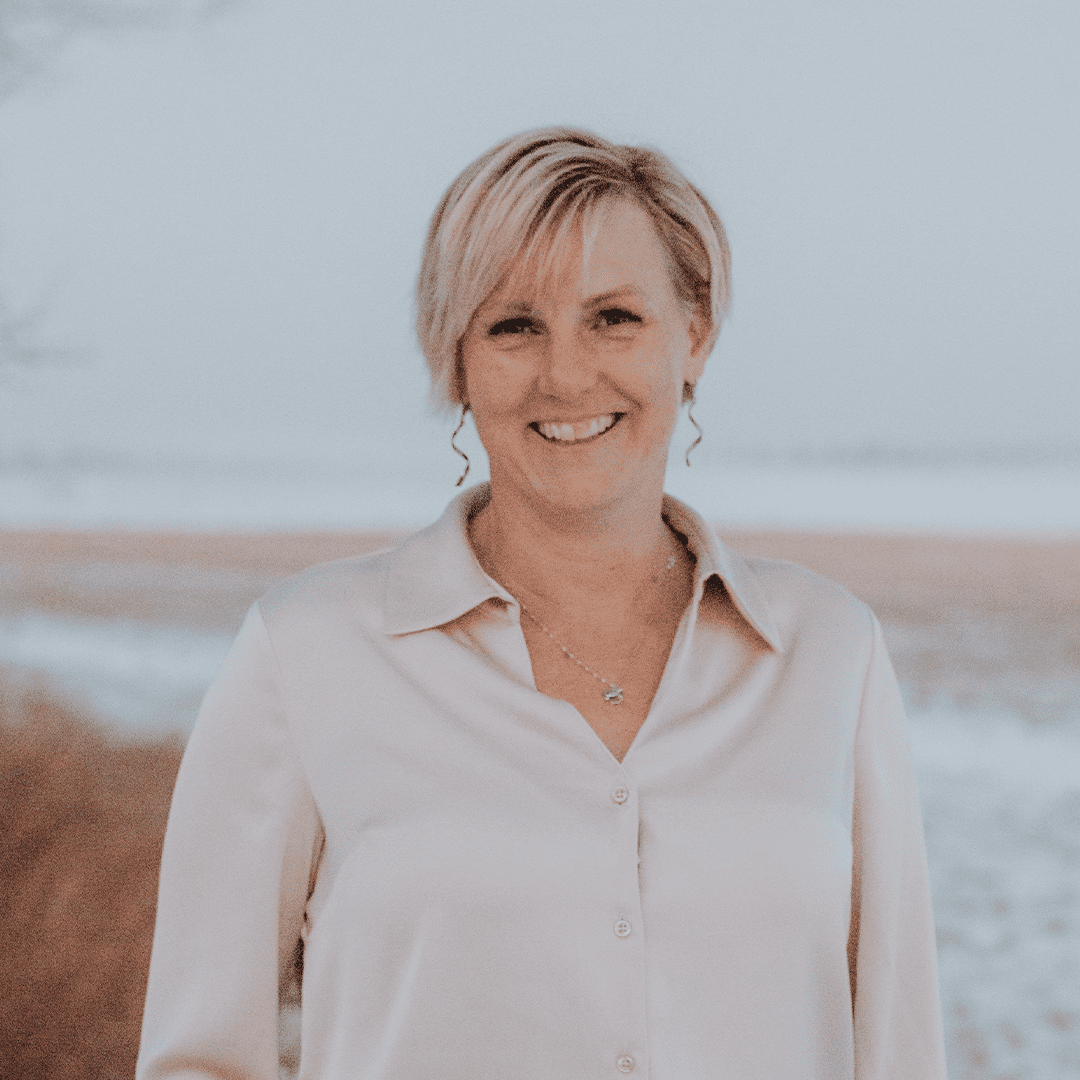Karen Shaw, TEP, CFP®, CIWM
Mortgage. Retirement. Childcare. Post-secondary education. Groceries. Emergency fund. Entertainment. The list goes on and on.
If you’re between 25 and 44, chances are you’re juggling more financial priorities than any other life stage. That’s not a failure—it’s a feature of this season. YAY FOR YOU! But seriously, without a plan that juggle can lead to burnout, frustration, or stagnation.
Here’s how to take control.
Ask For Help—Even If You Think You Should Know This Already
Our relationship with money starts way sooner that you think and is highly tied to our emotions. We often feel like we aren’t where we should be. We feel we should just know how to do this. First – take the word “should” out of your vocabulary, it’s the least helpful word in the English language. Financial literacy is not a skill that is taught in depth either in school or often at home. And some people don’t find it interesting enough to learn on their own (I gasp! Those people have no idea what fun really is). Unfortunately, with social media showing the best lives out there, and a shallow knowledge of how money/investments/insurance work, financial shame is very real. And it keeps people stuck. Whether it’s credit card debt or confusion about accounts, don’t wait “until you can make it better”, or until you “learn more so you don’t sound like an idiot”. As financial planners that see a wide variety of clientele, we don’t judge. We would rather see you sooner than later!
You’re already juggling a lot. Sometimes, having someone sort the puzzle with you makes all the difference.
Life is about balance
Start by asking: what matters most *right now*? Every yes to one thing is a no to another. So make your yeses count.
You can’t cover it all, at this stage you have so much competing for your resources it is impossible. Spend the time needed to decide what your priorities are and the timeline you want to accomplish it. Working with a financial planner allows you to see the whole picture, what your yes means and then you can decide if it’s worth that yes. You will see what your risks are, how to mitigate them, and then put together a roadmap to guide you.
Protect Against the Unexpected
The foundation to your finances is to ensure you protect against scenarios that can most derail them. This includes ensuring that you have a valid and up-to-date Will, Power of Attorney (POA), and an Advanced Health Care Directive. While you can get DIY kits, these types of legal documents are best done by a lawyer. They will guide you through scenarios to consider and decisions that need to be made.
Next in your plan is mitigating uncontrollable events. What happens if you become disabled? If you die prematurely, can your family live and grieve without the added stress of being financially unstable without your income? If you become critically ill – how far would that set you back, and how much additional stress would that add? Being fully insured for all possible scenarios most likely isn’t financially feasible at this stage in the game. But your plan will show you the gaps, and your advisor can work through options that can fit your budget and mitigate those risks.
Insurance may feel like an added expense when you are juggling all you are juggling. However, you are in the stage of life where it is a necessity, not a luxury.
Investing is not a go big or go home game
Investing and trading are not the same. Investing is a long game and should match the time horizons you identified in your priority list and plan. It isn’t high risk (unless you want it to be, and then I recommend only a sleeve that you can afford to take a loss on or leave for a significant amount of time).
Here are a few things I’ve heard from my clients:
- $50/month isn’t going to make a difference.
- I don’t know how to time the market.
- The bigger the risk, the bigger the reward.
- I don’t want to lose all my money.
Let’s address these.
Don’t underestimate the power of time, dollar cost averaging and compounding growth. By putting in smaller amounts every pay period you will buy the fund as it is moving with the markets. Yes, sometimes you will buy it when it is high, but you will sometimes also buy it when it is low. This is dollar cost averaging. Over a period of time, you will have a lower average purchase price compared to buying in lump sums. And if $50/month is all you can afford right now, start. You are building the habit, and you can increase it as the pressure eases.
Worried that you won’t time the market? No one can. Those that you read about that do it, it was a lot of luck combined with their analytics. Invest in a portfolio that is diversified, has a track record, and is meant to be held for a long period of time. At Birch Bay Wealth Management we use a core and satellite strategy. This means that you have your core investments that are meant to be held for the duration of your accumulation years (unless there is a reason to change it), and the satellite funds are the small sleeve that will either hold investments that historically have performed well in the past based on where we are in the market cycle, are either more aggressive or conservative in nature depending on your risk tolerance, or are in a specific sector, etc. These may be changed more often and are, again, a small amount of your portfolio, and only if it makes sense to have it. Trying to time the market is one of the most detrimental things you can do to your portfolio.
Just because a company or a fund is high risk, doesn’t mean it will outperform a fund with less risk. There is a wide span of risk available to you when you invest. You will be asked questions about your circumstances, time horizons, experience, and feelings that allow your advisor to ensure you are in the right risk for you. Investing is highly customizable to your risk appetite. Advisors spent a significant amount of time analyzing funds and choosing those with the best risk/reward factors for different levels of tolerance to volatility. Unless you are in GICs, your investments will go both up and down. But over the long run, your risk of losing is lessened.
Mutual funds are pooled money invested in a variety of companies or bonds and ran by a mandate. This makes it the chances of a mutual fund going to zero highly unlikely (technically it can, but there are protections in place so this doesn’t happen). You can lose money in mutual funds. In 2008 certain funds lost 70-90% of their value. These funds are generally leveraged, concentrated in a single collapsing sector, or emerging market debt. Working with your advisor in a customized portfolio specific to your knowledge, comfort level, capacity to lose, and time horizon will mitigate your risk even further.
Make Peace with the Chaos
You might not hit every savings target every year. You may have to pull out some of what you’ve already saved. You may be underinsured in some area. You may want to hide under a blanket and ask how on earth you thought adulting was easy when you were a kid. And that’s okay. Some years are about survival. Others are about growth. There is no shame in any situation. There is no “should be here” in life. There is just here in life. Make it count. Create a balance of spending and saving with intention. Know what you are saving for. Know how much you are spending. Life is nothing without enjoyment.
🗓️ Want help aligning your juggle with your goals? Click HERE to schedule a 15-minute clarity call, or phone 825.659.3003 (AB) or 306.482.3170 (SK).
This publication is for informational purposes only and has been prepared from public sources which are meant to be reliable. None of the information in this should be construed as investment advice. Designed Securities Ltd. (DSL) is regulated by the Canadian Investment Regulatory Organization (CIRO), and a Member of the Canadian Investor Protection Fund (www.cipf.ca). Karen Shaw is a Registered Representative with Designed Securities Ltd., operating under the trade name Birch Bay Wealth Management Inc is registered to advise in securities to clients residing in Alberta, Saskatchewan, Manitoba, and Ontario. The views expressed are those of the author and not necessarily those of DSL. This report does not constitute an offer or solicitation in any jurisdiction in which such offer or solicitation is not authorized or to any reliable person to whom it is unlawful to make such offer or solicitation. Content is accurate as of the date of publication, and subject to change without notice.

Karen Shaw is a Registered Representative with Designed Securities Ltd., operating under the trade name Birch Bay Wealth Management.
